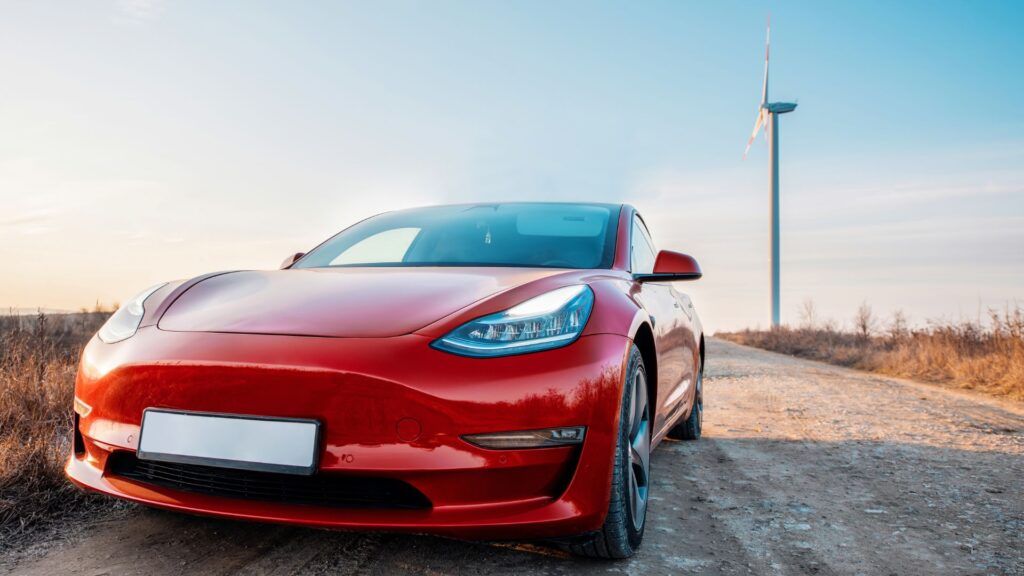Do DUI Laws Apply to Self-Driving Cars?
With the rise of self-driving cars, one question emerges that blends cutting-edge technology with traditional legal frameworks: Do DUI laws still apply? The idea of autonomous vehicles conjures images of convenience and accessibility—even the possibility of getting home safely after a night out, without the repercussions of drunk driving. Yet, the realities of current legislation paint a more complex picture.

Current Laws and Regulations
At present, DUI laws in most states—including New York and California—are designed with the assumption that vehicles are operated by human drivers. These laws hinge on the concept of “actual physical control,” which means that if you are in a position to operate a vehicle (e.g., sitting in the driver’s seat with the keys), you could face DUI charges, regardless of whether you are actively driving or the car is in motion.
This means that in states with stringent DUI regulations, individuals in self-driving cars are not exempt from potential charges if intoxicated.
Understanding Levels of Automation
To understand how DUI laws intersect with self-driving cars, it’s essential to grasp the National Highway Traffic Safety Administration’s (NHTSA) classification of automation levels. These levels, ranging from 0 to 5, outline the degree of autonomy a vehicle possesses:
- Level 0: No automation. Human drivers perform all tasks.
- Level 1-2: Partial automation, such as adaptive cruise control and lane-keeping assist. The human driver remains highly engaged at all times.
- Level 3: Cars with conditional automation can drive themselves under specific conditions, but drivers must be prepared to intervene when prompted.
- Level 4: High automation means the vehicle can manage most scenarios without human input, though intervention may still be an option.
- Level 5: Full automation includes vehicles that operate completely independently without requiring driver engagement.
Currently, most self-driving cars on the road are at Level 2 or Level 3. That means a level of human oversight is still needed, keeping drivers on the hook for responsibility. Level 5 vehicles, which eliminate the driver entirely, are on the distant horizon but could significantly shake up current legal frameworks.
The Future of Ignition Interlocks and Self-Driving Cars
Many legal experts anticipate a shift in legislation to reflect the nature of self-driving vehicles. Eventually, DUI laws may evolve to distinguish between vehicles that genuinely require a driver and those capable of full autonomy.
One legislative consideration is the potential use of ignition interlock devices in self-driving cars. Ignition interlocks, required for DUI offenders, prevent a car from starting until the driver passes a breath test. Expanding this technology to autonomous vehicles could ensure that intoxicated individuals are in control of the car.
Responsible Actions as Autonomous Technology Advances
Until self-driving technology reaches its theoretical peak of safety and autonomy, drivers need to treat these vehicles as tools, not substitutes for their judgment or responsibility. Human oversight remains an integral part of road safety, no matter how advanced the car is.
